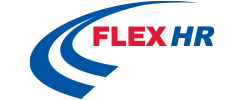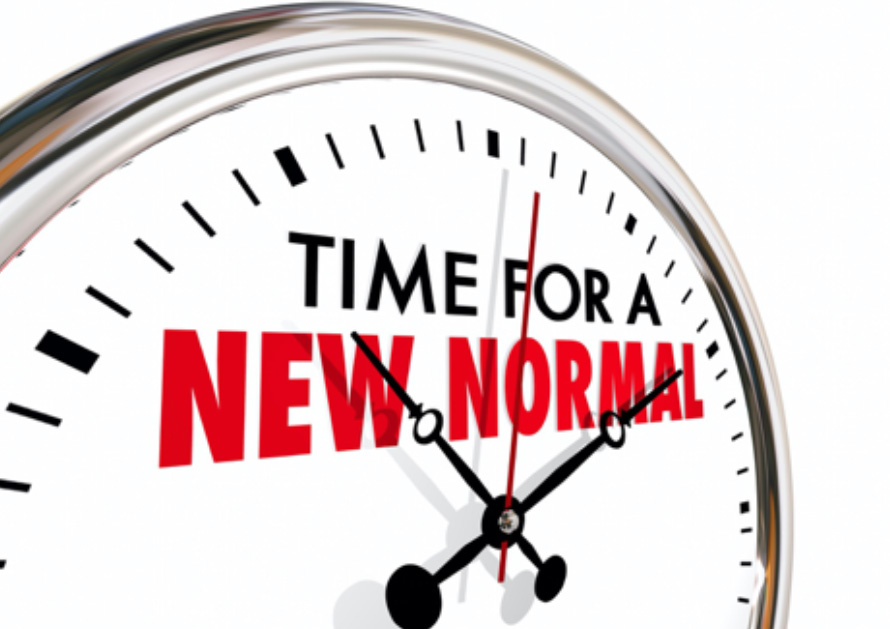Company Restoration in the “New Normal” – No Going Back to Normal
By: Guest Writer Donald H Turner, Serial Turnaround and Growth Executive
 “I’m not Chinese. I thrive in interesting times.”
“I’m not Chinese. I thrive in interesting times.”
~ Charles de Lint ~
In both culture and commerce, we live in what many would consider “interesting times” – as stated in the old Chinese proverb. A proverb, by the way, that is intended as a curse, not a blessing.
Our “interesting times” have officially decimated the worldwide economy, ravaged social norms, and rattled the psyche of many. As we come out of this pandemic-driven calamity we face a truly “new world.” Whether it will be a “brave new world” is yet to be seen; however, a “new world” it will most certainly be.
I have learned in a career focused environment at disruptive technology marketplaces, often leading edge, that change is a threat to the meek but an opportunity for the bold. Navigating the New Normal will take an intrepid head and an empathetic heart.
As a serial CEO and Business Strategist I have also learned that identifying change is part and parcel to effective strategy. In its simplest form, the essence of strategy is to “look over the horizon” and identify macro trends – i.e., read the change that justifies investment. That need to understand what is over the horizon and see those macro trends that merit investment of manpower, capital, and time is more important than ever. Jim Cichanski, Founder & CEO of Flex HR, Inc. says, “I can always rely on Don to take weak companies and strategically transform them to best in-practice enterprises. I have seen him do it time after time.”
With this four-part article that will be published over the next several days, I thought we would explore what the future holds for all of us. The four parts are:
- Part 1: The “New Normal” – No Going Back to Normal
- Part 2: Not Your Daddy’s Restructuring, the Idea of Restoration
- Part 3: 5 C’s Restoration Strategy – the first 3 C’s
- Part 4: 5 C’s Restoration Strategy – the final 2 C’s
Writing is a cathartic process for me that forces me to think more thoroughly through ideas and concepts. It is my hope with this article to prompt some productive discussion about what the New Normal will be, how companies can start moving from isolation to the New Normal, and finally, what the long-term implications are for conducting business.
I keep hearing from both mainstream and trade media talk about “when things will get back to normal.” From my perspective, that is simply wrong thinking. There is NO getting back to normal after this global disruption of – in our lifetimes – unprecedented scale.
As business professionals we are being forced to take a fresh look at the fundamental societal changes that exist now and will be occurring in the future and understand how they will drive new ways of conducting business.
Simply put, we must prepare for the “New Normal”
After giving it considerable thought over the past several weeks, I’ve developed four observations that I’ll share here as fodder for discussion.
First, the New Normal will NOT come all at once. It will evolve in phases over the next six to twenty-four months as we move from isolation to controlled distancing to an environment that once vaccines are readily available, will allow us to interact face-to-face again on a safer basis. One thing I know for sure is that many individuals throughout our society will be permanently “scarred” from this pandemic and never embrace face-to-face interaction as they did in the past.
Secondly, the New Normal will certainly contain ‘holdovers’ from our current isolation phase that will represent, in some cases radical, changes to our lives in general and how we conduct business specifically. Yes, we will make more use of, be more comfortable with, and find ways to enhance the virtual experience that we have been forced to at the present moment. One individual I recently read about said, “We’re currently in the epicenter of the biggest remote-work experiment in history.” Clearly, there will be part of the population that permanently embraces “electronic presence” over “physical presence” and will want to continue to live and work that way.
Thirdly, the New Normal will change the commerce landscape. There is simply no getting around that. Some products and service will simply become irrelevant, others more important. Of even more interest are the new solutions that will arise to support, if not enable, the New Normal. Will movie theaters ever enjoy their historical attendance as many find they have enjoyed in-home entertainment more? Will discretionary claustrophobic air travel ever reach traditional levels as many will value individual travel freedom in a car? Will this drive more travel domestically versus overseas? Will office space ever be viewed with the same attractiveness? How will relationship building evolve as we simply don’t have the same level of physical interaction as in the past? What will take its place? Will we focus less on the trappings of a business environment and focus more on what individuals are saying? Answering these questions and many more are all part of trying to understand the New Normal.
Fourthly, we as a country, and more specifically as a consumer population are going to be taking a harder look on our trade with foreign powers – specifically China. China has managed to reposition itself in the global mindset from one of historical suspicion to blatant cynicism. At this point, I don’t believe anyone knows the real origin details of the coronavirus and who is responsible. Is it simply a force majeure of epic proportions? That said, this we do surmise:
- It has been reported that China delayed letting the world know about the coronavirus and there was a government-driven movement to suppress information about the coronavirus.
- U.S. healthcare found out quickly that too many of our critical supplies, including pharmaceuticals, were made in China. Our healthcare supply chain was negatively impacted by the virus in China, creating significant problems in the U.S. Furthermore, as China rushed to provide us needed supplies like N95 respirators, ventilators, and other medical supplies we found out they had serious quality problems and were all but unusable. There is already a movement to take a fresh look at what we allow to be manufactured in China versus in the USA.
- China has likely misrepresented and misreported coronavirus statistics to the world. In the past, there has been skepticism about information from China, but now it has become apparent.
So, these observations beg the question, what does all this New Normal mean for business? In Part 2, we’ll address the idea that managing in the New Normal will require an approach that goes beyond what we have typically referred to as Restructuring or Turnaround. It will call for an approach that I’m referring to as “Restoration.”
* Information contained on this page is provided by Donald H. Turner, an independent third-party content provider. Flex HR makes no warranties or representations in connection therewith.
Flex HR specialists serve thousands of different organizations, in countless industries, with company sizes varying from a few to over 75,000 employees. They offer many levels of services including HR consulting, outsourcing (HRO), compliance, recruiting & talent acquisition, training & development, and onboarding administration.
Flex HR serves almost every industry in all 50 states, including Georgia, Florida, California, North Carolina, and Tennessee, as well as Puerto Rico, the Virgin Islands, Canada and Europe supporting U.S. subsidiaries of foreign owned companies.
Our Flex HR specialists serve thousands of different organizations, in countless industries, varying from a few to over 75,000 employees.
To Learn More about Flex HR Contact Us.
* Statistics and government guidance are rapidly changing. This is the most updated information as of the morning of 4/24/20. Small business is defined as under 500 employees.



